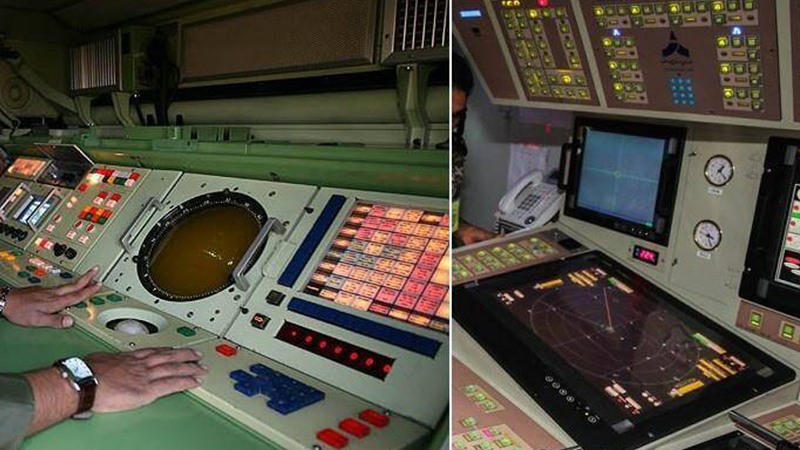This strategy does not make sense. All of Iran's adversaries will have the US as an active party in the conflict. Iran does not have the ability to neutralize American retaliatory capability.
The strategy makes perfect sense given the massive ballistic missile/drone/cruise missile umbrella most relevant targets Iran will be destroying fall under. Moreover, it's the leading strategy Iran intends on employing once any hostility erupts. Iran has a doctrine centered around the extensive use of ballistic missiles, drones, cruise missiles as well as regional allies/proxies. I humbly suggest you go through the Iranian missile section here on PDF to get a better idea as to why I'm saying such things to begin with.
Missile-Centric warfare is a viable wartime strategy with realistic applications at both the tactical and strategic levels, especially in the theatre of conflict. The Russian Federation, Chinese PLA also use a similar approach to modern warfare as well. Looking at the pace of Russian missile strikes in Ukraine, one can get an idea as to what Iran would be doing as well. Although it should be noted that Iranian missile strikes on regional targets would be way, way,
way more aggressive than anything the Russians have been doing in Ukraine thus far. Iran missile stockpiles and the different methods of launch would allow for a massive, near continuous volume of heavy accurate fire at ranges up to 2,000km. Encompassing both ground and NAVAL targets.
Having the U.S. as a partner really doesn't matter as much as you think it does given the type of weaponry and amount of fire IRGC plans on employing. Defenses can be handedly overwhelmed and the assets being obliterated are not easily replaceable (multi-million dollar jets, oil-depots, refineries, hangars, air-ports, run-ways, Control Towers, Radars, power-substations, water desalination plants, places of governance, barracks, sea-ports, off-shore rigs, pipe-lines, shipping vessels, Tankers, etc). Given the target bank and pace of strikes. I'd wager to say that Iran has the potential (maybe) to come out relatively on-top in terms of sheer damage dealt if the conflict is kept relatively short. Anything longer than that, then Iran will face severe problems as they would be forced to increasingly rely on outdated conventional assets that simply don't stack up to regional contemporaries. And would presumably end up battered badly in return if the effort to destroy enemy long-range offensive assets/air-force wasn't all that effective. It really depends on just how comprehensive/thorough an initial IRGC-AEROSPACE missile force strike will be. Which even for me, I'm still skeptical.
It should be the noted that the United States can no longer support regional allies in the Middle East to the level you're alluding given other more pressing geopolitical aspirations that are currently falling apart. Ukraine and East-Asia Pacific to name a few, clearly command the lion's share of American concern geopolitically. Redeploying assets to the MENA region in a bid to counter I.R.I. during a war would have disastrous consequences worldwide and further erode American hegemony or what's left of it.







